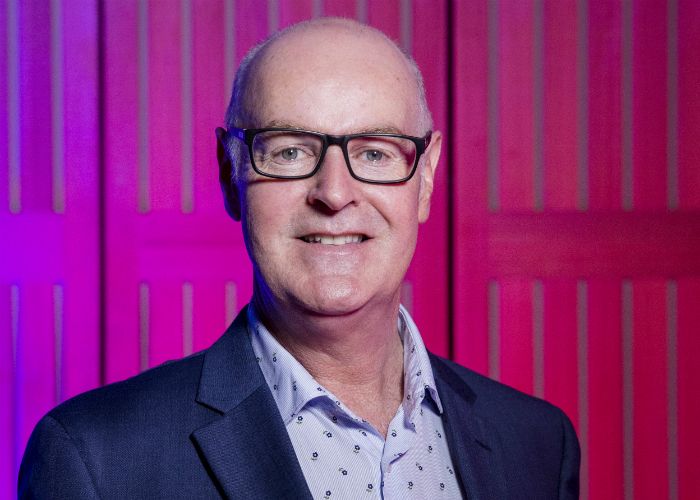 Director of light, Anthony Bastic
Director of light, Anthony Bastic
Vivid light curator and international event designer Anthony Bastic activates public spaces, often after dark, with light projections and art installations for massive audiences.
About to bathe Sydney in colour with Vivid, StreetChat asks how the places landscape architects design inform his work.
What drew you to a career in events, particularly outdoor events?
I have always had a passion for attending outdoor events, whether it be a music concert, parade, fireworks display or theatre performance in a park.
My parents would take my siblings, cousins and I along to see everything free that was on offer: Sydney Festival concerts in the Domain, Hyde Park events, NYE Fireworks and so on.
It became the norm in my family to experience all these wonderful events that were outside of their usual venue.
One of my first jobs was programming events at Martin Place Amphitheatre for the City of Sydney. This whetted my appetite and I went on to programming some outdoor events at the Sydney Opera House including the Millennium NYE.
I became creative director for the Olympics Live Sites, which was a magical time in Sydney, then onto curating the Vivid Light Walk and have worked on this program since its inception in 2009.
What do host places bring to your events? Are they more than backdrops?
Outdoor events are, on the whole, presented in the most spectacular settings that often are incorporated into the creative. Sydney’s New Years Eve is a case in point.
One of the key considerations when curating the Light Walk for Vivid Sydney is to consider how the installation will fit into the landscape, will it cast light onto the harbour for instance and offer our audience another viewing point? Will the artwork enhance the parkland?
A lot of thought goes into placing each light installation so that the artwork fits into the landscape.
The challenges of adapting an unusual venue for a large-scale event?
The Bays Discovery Day (2015), for instance, opened industrial relics like the White Bay Power Station and Rozelle Rail Yards for public visits.
Designing the program for the Bays Discovery Day was an exciting challenge. I have learnt through my experience in planning major events that people, particularly us Sydneysiders, love our city and are always up to discover once hidden gems. The Bays precinct is one of those gems.
The challenge was to create a community event that was compelling and complimentary to the site, one that offered the public a chance to go behind the scenes and take a look at old industrial areas but all in a safe manner.
We couldn’t have been more happier with the day; perfect Sydney weather and an enthusiastic and inquisitive audience.
From your perspective, how can landscape architects design great spaces for hosting events?
More seating please so we can stop and check out the spectacular views. We live in one of the most picturesque cities in the world, there is nothing nicer than to sit, have a coffee and a chat and look out at the view.
When did you start to experiment with lighting and projections? What draws you to light as a medium?
I first experienced light projection in Europe in the mid nineties. I was at a festival in Belgium where there was a contemporary performance that included projection onto the facade of a building.
I had never experienced this before on this scale. I was intrigued and excited, I wanted to learn how it came about and everything about it.
Vivid Sydney is now in its eighth year. In 2009 did you envision it growing the way it has? Were there challenges with the public space as it expanded? Some wins you’re particularly proud of?
For the first half of the inaugural Vivid, it rained sideways … then the rain cleared and true to form, Sydneysiders came out in their thousands. The challenge every year is the weather, however I’ve noticed that Sydneysiders don’t care that much anymore, they either rug up or bring a brollie and tour Vivid.
The most overwhelming aspect of creating an event like the Vivid light walk is the sheer number of people who come out to view the light sculptures and who want to show Sydney off to visitors in its very best light.
I always feel a sense of pride in the event that we and Destination NSW have created when I hear about light artists who first exhibited in Vivid Sydney and are now exhibiting in festivals around the world.
When curating the Light Walk, what do you look for?
I often look for things that are sympathetic to the surroundings, installations that tell a story and use technology in an interesting way.
There are no ‘golden rules’ as we like to include a mix of creative designs that spark people’s imaginations.
What can we expect to see at this year’s festival, and where would you like to see it go in years ahead?
This year’s Vivd Light Walk is once again getting longer. We are now entering the Royal Botanic Gardens for the very first time and I’m excited about this new addition. Audiences will be able to experience light art in a spectacular venue that is usually off limits at night.
I hope visitors to Vivid have the opportunity to walk under the ‘cathedral of light’ which will be positioned right next to the QE2 gates near the Man O’War Steps and enter this natural space that will bring a whole new brilliant aspect to Vivid Sydney.
In Profile is a Q&A series featuring Australian influencers of the public realm.
Interviewees are players in the public sphere with compelling stories, not always landscape architects or affiliated with SFA.
To nominate a subject, please contact the editor via editor@streetfurniture.com
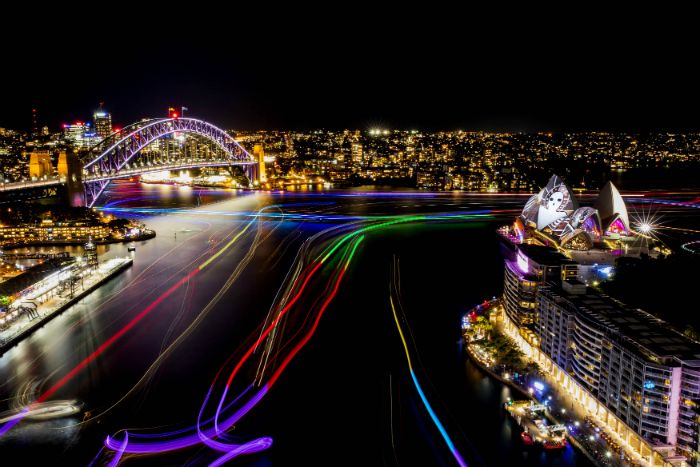
Harbour lights, 2016. Credit: Destination NSW
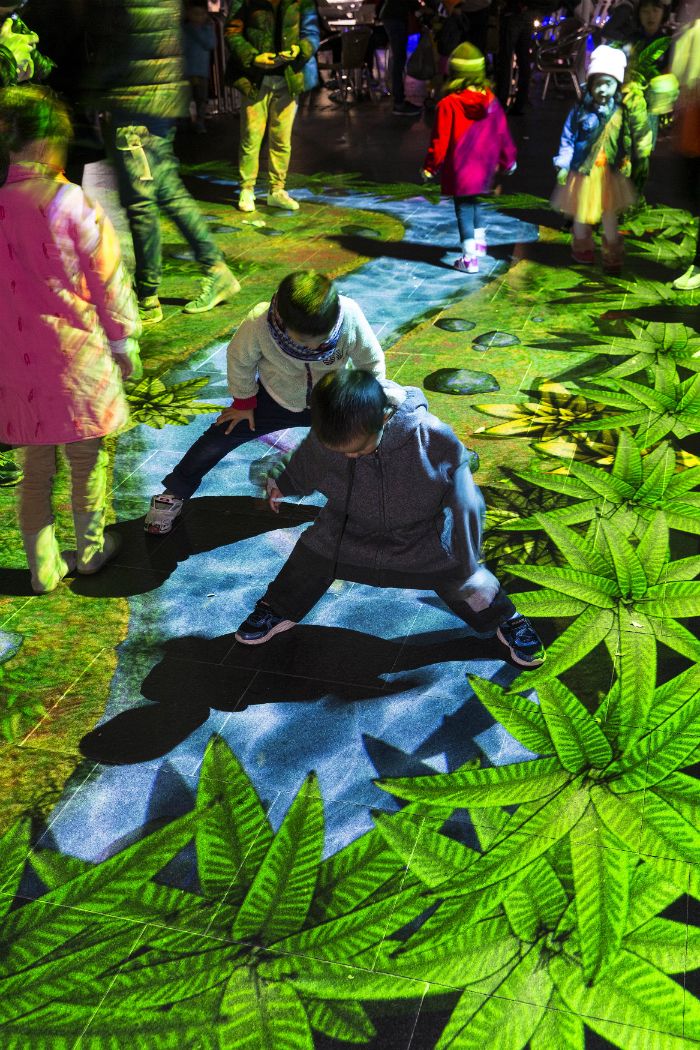
Vivid ‘Stomping Ground’ at Chatswood. Credit: Destination NSW
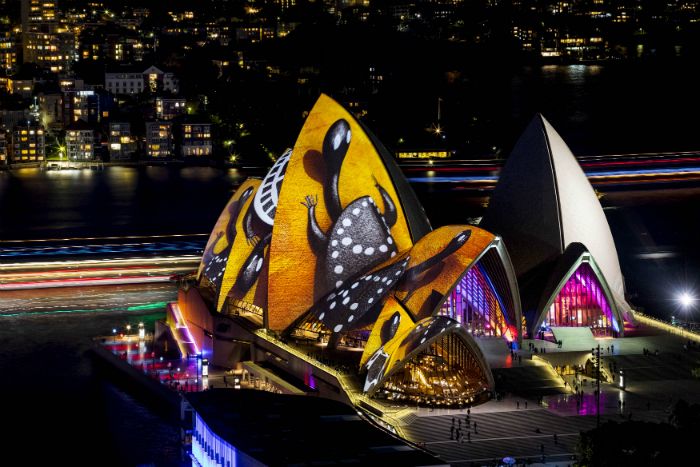
Sydney Opera House for Vivid 2016. Credit: Destination NSW
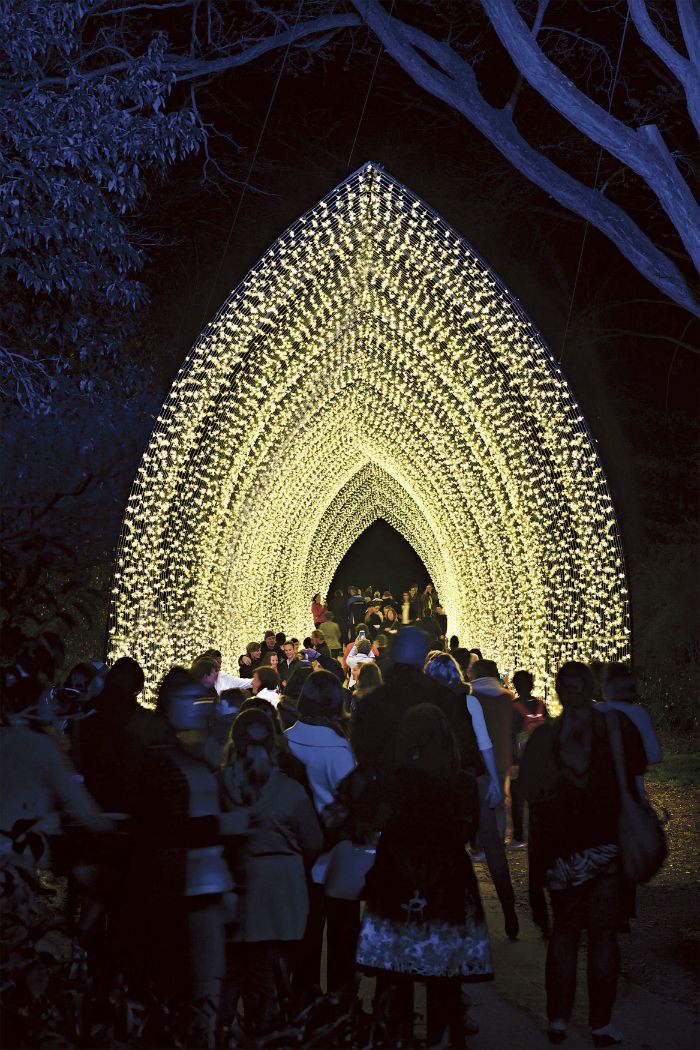
The Cathedral of Light, in the Royal Botanic Gardens for Vivid 2016
 Director of light, Anthony Bastic
Director of light, Anthony Bastic










